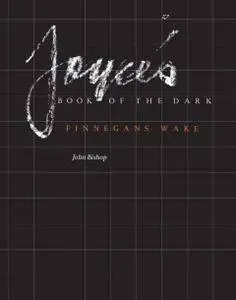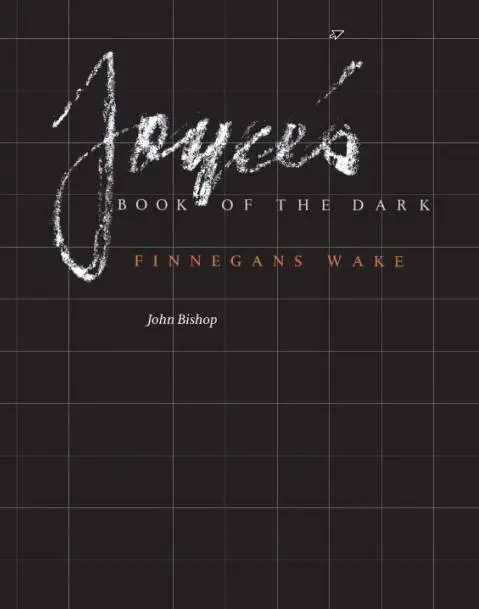Joyce's Book of the Dark: Finnegans Wake by John Bishop
English | December 1, 1986 | ISBN: 0299108201, 0299108244 | PDF | 448 pages | 29.4 MB
English | December 1, 1986 | ISBN: 0299108201, 0299108244 | PDF | 448 pages | 29.4 MB
"Finnegan's Wake" is perhaps the most difficult and willfully obscure piece in all of modern literature, a book written in polyglottal puns that continues to baffle not only lay readers but, in large part, Joyceans as well. Here in twelve chapters, John Bishop aims to unravel Joyce's obscurities and aims to reveal the "Wake" more clearly than anyone has done before. The greatest obstacle to the comprehension of "Finnegan's Wake", says Bishop, is the failure to believe that Joyce really meant what he said when he spoke of the book as being a reconstruction of the nocturnal life. As a consequence, readers have scrutinized the text with an unyielding literalism bent on finding a kind of meaning in every way antithetical to the kind of meaning embodied in dreams. Had Joyce made the "Wake" less obscure, says Bishop, he would have annihilated everything about the book that is most essential, most engaging, funny, and most profound. In taking seriously Joyce's stated intention of writing a book about the night, Bishop shows how the determination to represent nocturnal experience accounts for the form, shape, direction, and language of "Finnegan's Wake".
Although Bishop is not the first to appreciate the problems Joyce faced in his reconstruction of the night, no one has demonstrated more clearly and persuasively how Joyce's creative imagination solved those problems, nor made a more convincing case for the profound significance of Joyce's effort. Bishop relates the "Wake" to Freud, to Vico, and to the Egyptian Book of the Dead, shedding light throughout on such fundamental and complex subjects as dream theory and interpretation; thanatology; optics and phonetics; infancy, embryology, and gender; and sexuality and power.



